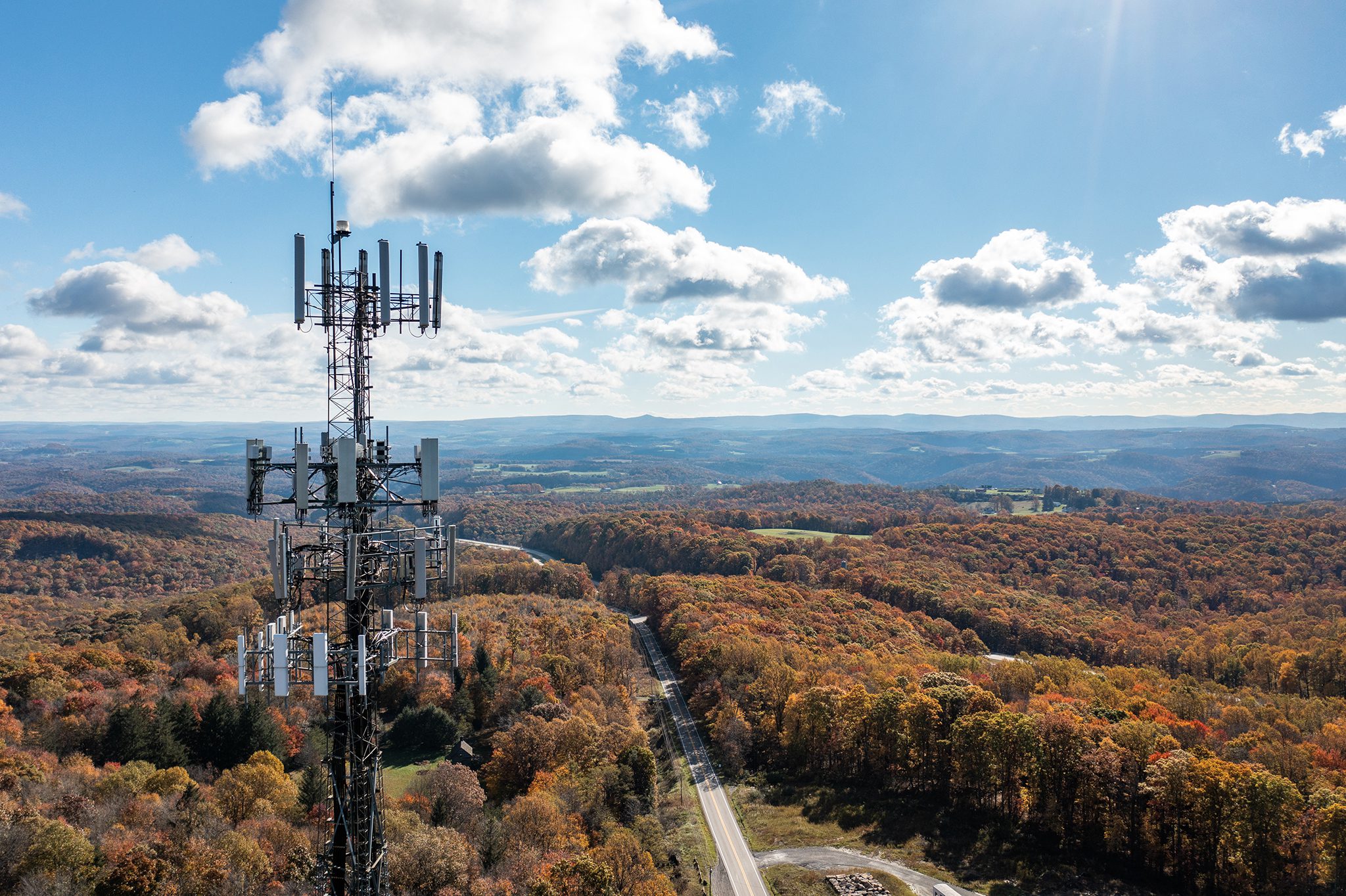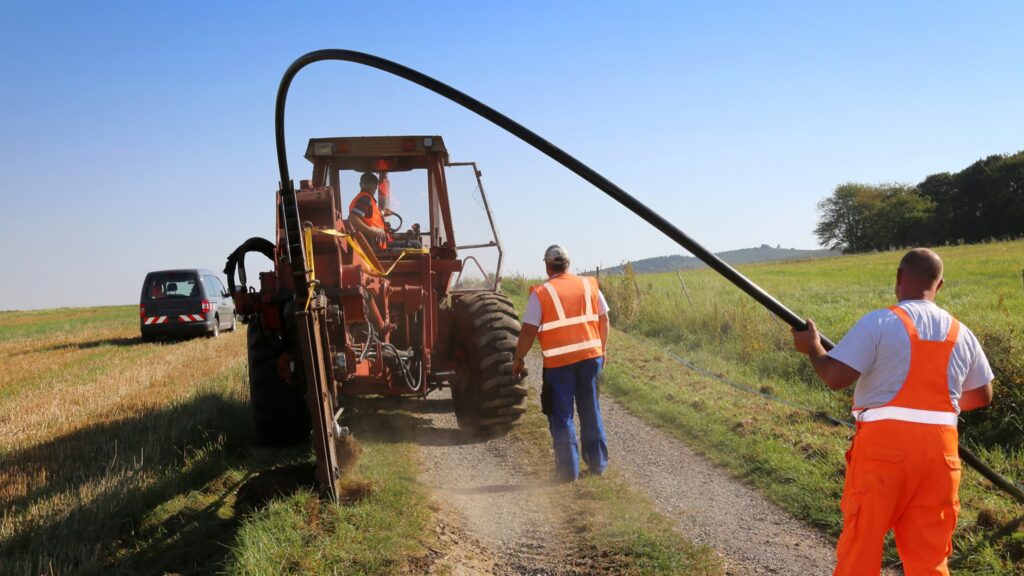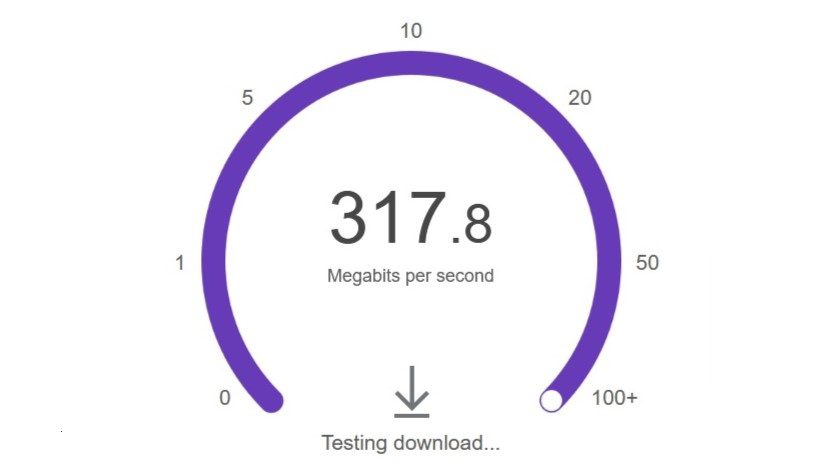Recent Changes to Environmental Law Could Loosen Permitting Rules
Randy Sukow
|

Last week the FCC opened a Notice of Proposed Rulemaking to begin easing permitting rules and hasten rural wireless construction projects. Specifically, the NPRM looks at recent changes to the National Environmental Policy Act (NEPA) of 1969 to determine whether certain wireless projects still require the same level of review.
“If a major infrastructure project requires an environmental impact statement under NEPA, under recent interpretations, completing that study can take four and a half years on average. That time period for that one study alone takes more time than it did the workers to build the Golden Gate Bridge,” said FCC Chairman Brendan Carr during last week’s FCC monthly agenda meeting.
The Commission opened the proceeding to take “a fresh look” at NEPA permitting after Congress enacted amendments to the law in 2023, and President Trump signed an executive order earlier this year, “Unleashing American Energy.” Both actions call for streamlining the permitting process.
Commenters in the NPRM will address whether the NEPA amendments affect the categorization of geographic area licensing for wireless projects as “major federal actions.” If those projects no longer require NEPA licensing, the FCC also asks whether National Historic Preservation Act (NHPA) review is still necessary.
“Failure to modernize our rules puts American wireless leadership at risk. Although we’ve made progress on 5G deployment, some international benchmarks show the United States trailing global competitors like China, who have aggressively streamlined infrastructure siting policies and tied wireless deployment directly to national industrial strategy,” said Commissioner Olivia Trusty.
Carr, in his remarks, compared the NEPA permitting reforms to actions the FCC took in July to promote replacement of copper network plant with fiber and to encourage pole sharing. “Private companies want the green light to build, but nothing happens because of bureaucratic red tape. That is why we’ve made clearing regulatory barriers and unleashing high-speed builds a centerpiece of our Build America Agenda,” he said.
According to a recent USTelecom analysis, only 1.3 percent of U.S. households rely entirely on copper networks. That stat, the association said, suggests the need for regulatory reform. “With the transition to next-generation broadband networks moving forward, regulations written for a bygone era have outlived their usefulness. They now actively undermine the national effort to connect all Americans to broadband’s many opportunities,” the association said.
The FCC adopted the NEPA NPRM unanimously, but Commissioner Anna Gomez said that environmental and historical preservation issues remain important as the Commission considers new permitting rules. “In this new age of rapid advancement and continuous deployment of new technologies, these processes remain as important as when Congress first established them,” she said.


